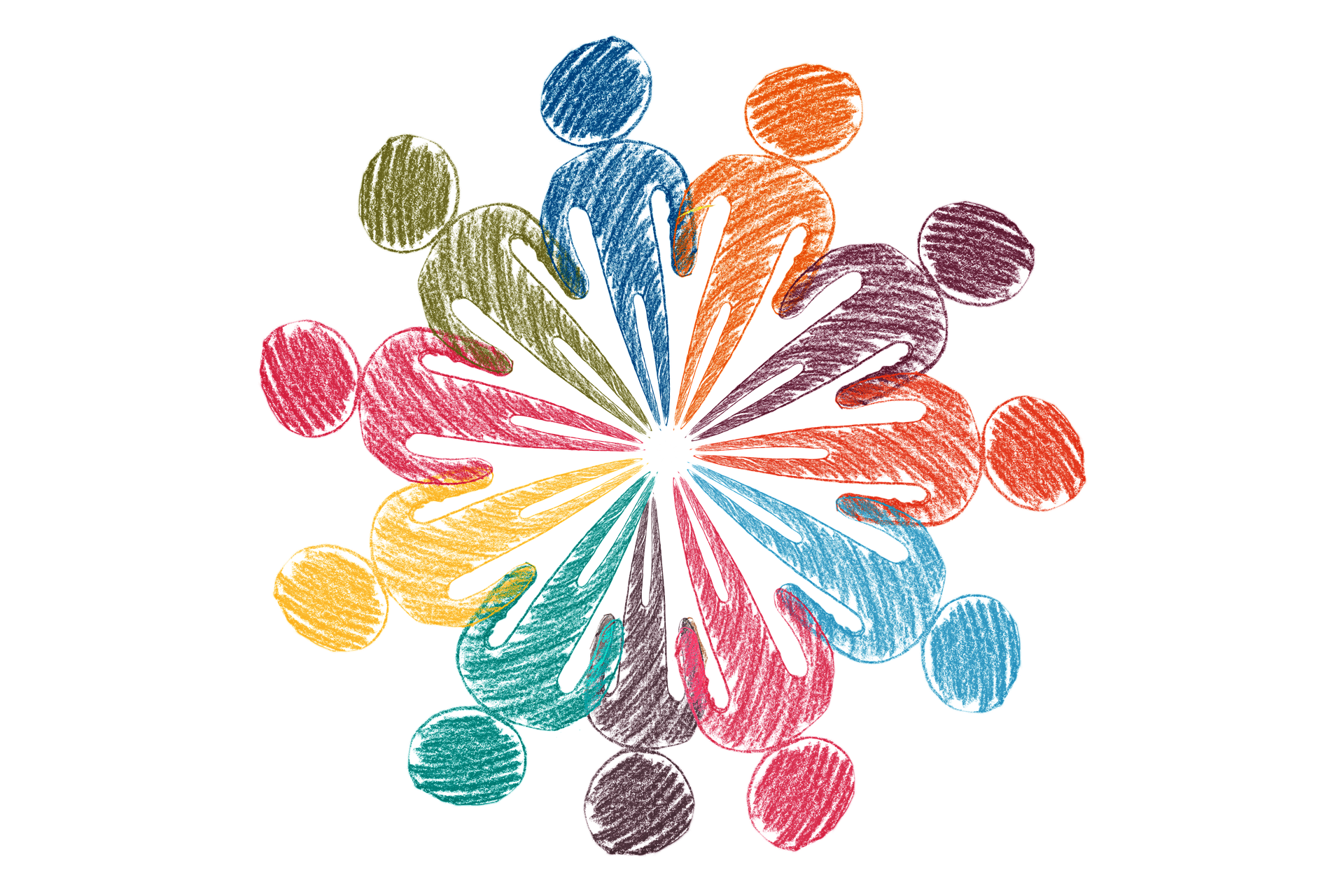America’s Institutions Were Not Built to Serve Communities of Color
Most of the institutions that dominate and dictate Americans’ daily lives are historically and predominantly white. As author Kimberly Jones points out, Black Americans have been so excluded from economic access to, among other things, historically and predominantly white institutions for 450 years, that catching up is impossible. So it should come as no surprise that Black people can’t fully trust the white people that lead or staff these organizations. We have to pay attention to what makes these institutions, and those who work there, untrustworthy in a Black person’s eyes, and the systems that, by not actively disrupting, white people continue to perpetuate. Did these institutions, or those who run them, start the practice? Maybe not. But we benefit from it, so we perpetuate it when we don’t disrupt it.
The Economics of transitioning from remote to in-person school
School districts across the country are determining what “back-to-school” looks like for the 2020-21 school year. These plans vary significantly — from 100 percent remote instruction, to a variety of in-person hybrid models. In many places, increasing COVID-19 infection rates pose significant risks to the safety of students, families, educators, and staff. Because returning to in-person instruction too soon and without comprehensive health and safety measures will lead to dire risks and consequences, many districts are choosing to start off the new school year fully remote.
Social Studies Teachers’ Trust in Institutions and Groups
Teachers’ trust in institutions can influence their ability to counter Truth Decay—the diminishing role of facts and analysis in American public life—in public school classrooms. This Data Note, one in a series, describes how social studies teachers for kindergarten through 12th grade responded to questions about their trust in institutions (from the federal government to news and social media platforms) and their willingness to accept recommendations or information provided by members of particular groups (from scientists and medical doctors to journalists and scholars).
How a legal fight over private school dollars could impact Illinois’ largest districts
Ten of Illinois’ largest public school districts have been told to set aside a combined total of $34.8 million in federal coronavirus relief for private schools within their boundaries. The money is at the center of a cross-country legal fight. In the spring, the U.S. Department of Education released guidance that directed school districts to share more federal relief dollars with private schools than expected. The department based the amount to be shared on the private schools’ total enrollment numbers, rather than the number of low-income students, potentially steering far more federal aid away from public school districts. Illinois has asked school districts to set aside the larger amount.

